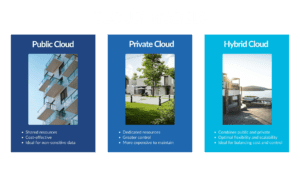If you are confused by the cloud then you’ve come to the right place: let’s demystify cloud computing together. In this blog, we’ll cut through the tech jargon and break down the core concepts that you need to know – we hope you like analogies.
Reading Time: 5 minutes
What This Blog Covers:
- Cloud 101: Understanding the Basics
- Clarifying Cloud Deployment Models: A Building Analogy
- IaaS, PaaS and SaaS: Building Your Cloud House
- Cloud Computing: The Future of Business
Cloud 101: Understanding the Basics
Think of the cloud as a global network of interconnected computers and servers that provide you with the computing resources you need, when you need them, without the hassle of managing your hardware. Known as ‘the backbone of the internet’, these servers allow you to remotely access them from any corner of the world. Like Dropbox and Google Drive, the data and applications you store and run on your computer can be accessed on these virtual utilities.
How does this work exactly? Well, when you use a cloud-based service, you’re essentially renting computing resources from a cloud provider. From getting more storage space for your files to implementing powerful servers to run complex applications, there are a plethora of uses for the cloud. Regardless of the reason, the cloud solution partner manages the underlying infrastructure to prevent downtime and ensure that your data remains secure.
Clarifying Cloud Deployment Models: A Building Analogy
Now that we understand what the cloud is, we’ll be using the building analogy to unpack the various cloud deployment models.
Public Cloud
Imagine a bustling city apartment building: this is the public cloud. While each apartment has been rented out to a different tenant, everyone shares the common areas. In this cloud model, resources like servers, storage and networking are shared across multiple organisations. Given that you only pay for what you use, it is highly cost-effective.
Private Cloud
Now, picture a standalone house that is essentially your private property. Since you are the owner, you have complete control over what goes on inside. In a private cloud, all the computing resources are dedicated solely to your organisation. This gives you greater control, customisation and security – but comes at a price; as it can also be more expensive to maintain.
Hybrid Cloud
This is when you get the best of both worlds: a holiday home you occasionally visit and rent out when you don’t. The hybrid cloud model combines the benefits of public and private clouds to give you optimum flexibility and scalability. You can leverage public cloud resources during peak times while keeping sensitive data on your private cloud.
Deciphering which cloud model is right for you depends on your needs, budget and cyber risk tolerance. Some additional factors to consider are data sensitivity, compliance requirements, and scalability demands.
IaaS, PaaS and SaaS: Building Your Cloud House
Sticking with the housing analogy, let’s talk about the construction of said house to take a deeper dive into how the cloud works.
Infrastructure as a Service (IaaS)
You’re the builder: you buy all the materials, hire the contractors and do everything yourself. With more power – or in this case, control – comes more responsibility. In technical terms, you are tasked with managing your applications, data, operating systems and middleware. The cloud provider handles the servers, storage, networking and virtualisation.
Platform as a Service (PaaS)
You’re the interior designer: you have bought the house pre-built; you just need to furnish and decorate it to your taste. These décor elements are applications and data – which is what you would manage. This leaves the cloud provider to handle many of the technical details and cloud IT support such as runtime, middleware, operating systems, virtualisation, servers, storage and networking.
Software as a Service (SaaS)
You’re the tenant: all you need to do is move in and enjoy the space. Using the software and managing your data within it are your only responsibilities. This puts the cloud provider in charge of handling everything from applications to networking. Given that your primary focus is getting your work done, you have the least control, and the cloud provider does all the heavy lifting.
Choosing the right model again depends on your needs and technical expertise. If you want maximum control, IaaS might be the way to go. If you need a platform to build your own applications, PaaS could be ideal. But if you just want to use a ready-made application, SaaS is the simplest option.
Cloud Computing: The Future of Business
From increased flexibility and scalability to cost savings and improved security, the cloud offers a plethora of possibilities for your SMB. We’ve broken down the basics of cloud computing, explored different cloud deployment models and understood the key concepts of IaaS, PaaS, and SaaS.
By understanding the fundamentals, you can make informed decisions about how to leverage the cloud to achieve your goals. If this sounds good, be sure to check out our upcoming blog series on Microsoft Azure. As a Microsoft cloud solutions partner, we will explore why this hybrid cloud solution is a game-changer for SMBs.
In the meantime, you can learn more about how you can harness the power of the cloud here.






